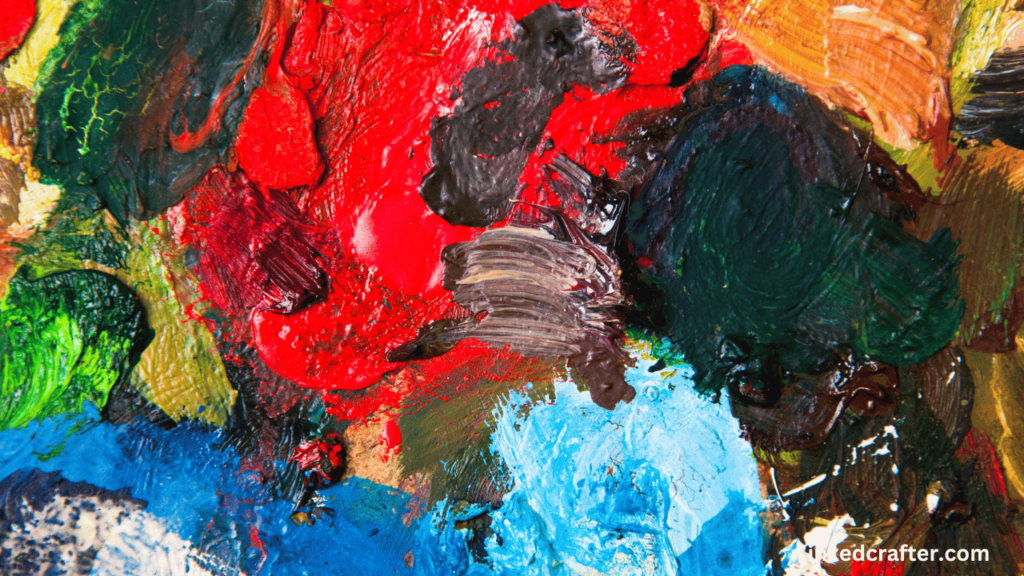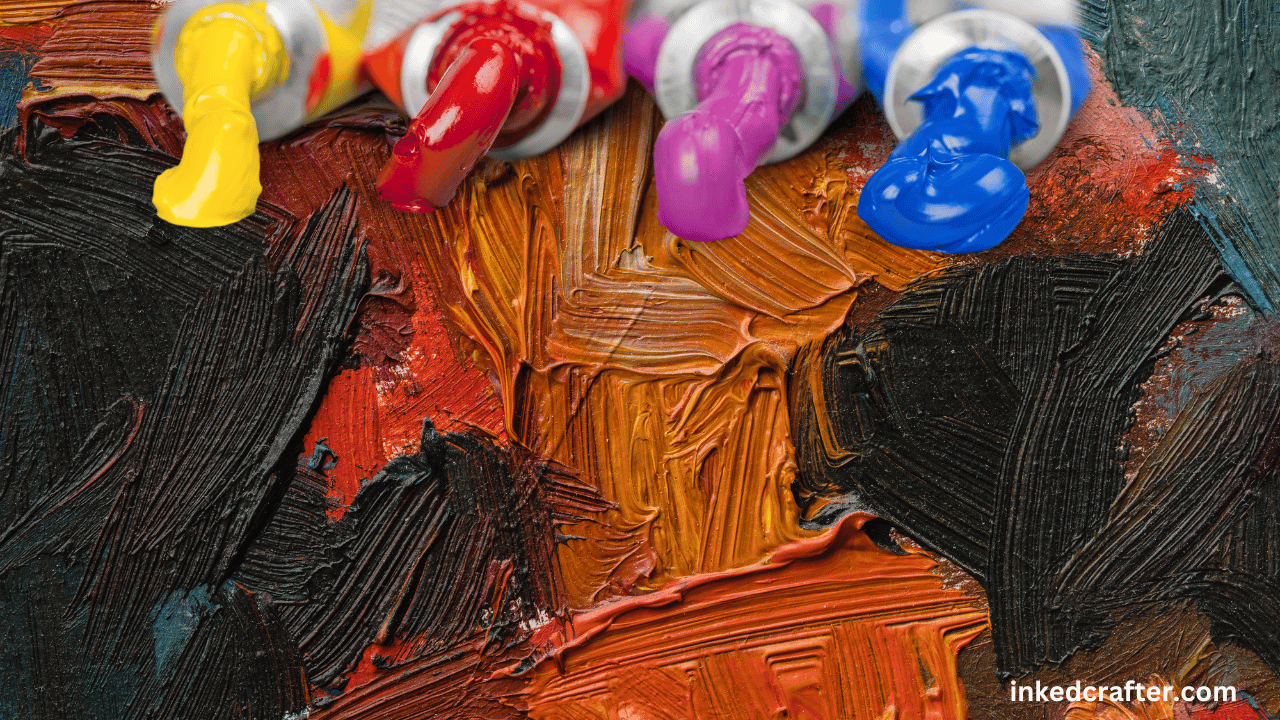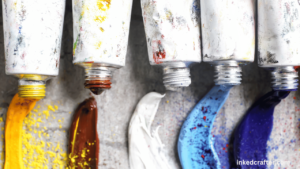Oil painting is a captivating art form that has stood the test of time. Its rich history and vibrant colors continue to inspire artists around the world. But for beginners, the question often arises: do you use water with oil paints? Let’s delve into this topic and unravel the mysteries of oil painting.
Oil paints have a unique allure, but they can be intimidating for beginners. One common query that emerges is whether water is compatible with oil paints. Let’s explore the intricacies of this question and demystify the world of oil painting.

Contents
Understanding Oil Paints
Pigments are mixed with linseed or drying oil to make paints. paintings like watercolor and acrylic dry by evaporation, but paintings like oil paints dry by oxidation. This slow drying method lets you change and mix colors more easily.
Mixing Oil Paints
Artists often mix colors to achieve desired hues and tones when working with oil paints. This process involves blending pigments and adjusting the consistency of the paint to suit the application.
Diluting with Water
Traditionally, water is not used to dilute oil paints. Since oil and water don’t mix, adding water to oil paint can cause separation and affect the integrity of the paint film. However, there are exceptions where artists might use water minimally for specific effects.

Alternatives to Water
Instead of water, artists use mediums such as linseed oil, turpentine, or mineral spirits to alter the consistency of oil paints. These mediums thin the paint and enhance its flow and drying time.
Techniques
Various techniques can be employed when working with oil paints, including glazing, impasto, and alla prima. Each technique offers unique opportunities for expression and experimentation.
Cleaning Brushes
Brush care is critical if you want to keep your brushes in good shape and get the best art results. After using oil paints, it’s important to clean your brushes well with the right liquid.
Common Misconceptions
Several misconceptions surround the use of water with oil paints. Understanding these misconceptions can help clarify the best practices for working with oil paints effectively.
Conclusion
Finally, artists don’t usually mix water with oil paints, but they can try other materials and techniques to get the results they want. To become good at oil painting, you need to try new things, practice, and be willing to learn.
FAQs
-
Can I mix water with oil paints?
No, it’s generally not recommended to mix water with oil paints as it can cause issues with the paint’s consistency and drying process.
-
What should I use to dilute oil paints instead of water?
Opt for mediums such as linseed oil, turpentine, or mineral spirits to thin oil paints and adjust their properties.
-
Are there any situations where water can be used with oil paints?
In some cases, artists may use a minimal amount of water for specific techniques or effects, but it’s not a common practice.
-
How do I clean brushes after using oil paints?
After painting with oil paints, clean your brushes thoroughly using an appropriate solvent such as turpentine or mineral spirits.
-
What are some beginner-friendly techniques for working with oil paints?
Beginner-friendly techniques include alla prima (wet-on-wet), where layers of wet paint are applied quickly, and glazing, which involves layering transparent colors to create depth.








